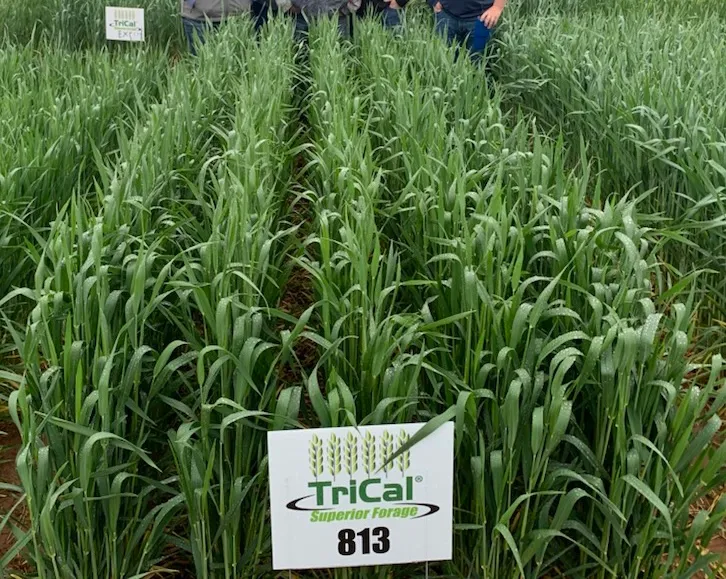
813
Tricale hexaploide var. 813
813 is one of the most utilized triticale's in the Midwest. 813 is awnletted and has a superior disease package that works well for both grazing and chopping. 813 is consistently at the top of the list in both tonnage and quality.
- Growing Region: Midwest
- Blooms:
- Life Form: Grass
- Application Type: Agricultural Conservation, Cover Crop
- Height: 4+ ft
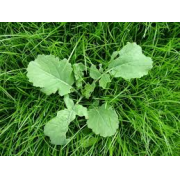
African Cabbage
Brassica carinata
Ethiopean cabbage is a brassica with a hard erect central stem that remains upright during the winter. It provides control of several parasitic nematodes, and is excellent at trapping snow in the winter. It is less palatable than most other brassicas for livestock forage. Pure stand seeding rate 5 lb per acre, optimum planting depth is ¼-1/2 inch, and optimum planting date is August to early September.
- Growing Region: Southeast, Midwest
- Blooms:
- Life Form: Forb
- Application Type: Agricultural Conservation, Cover Crop
- Height: 1-2 ft
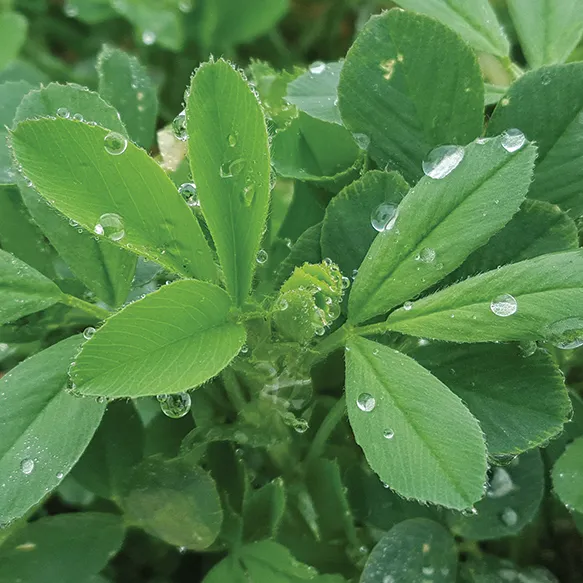
Alfalfa
Medicago sativa
Potentially long-lived nitrogen-fixing perennial legume with a significant taproot and purple flowers. Adapted to fertile, deep, well-drained soils. Intolerant of poor drainage, high water tables and acidic soils. The world’s most well-known and widely used perennial forage legume for pasture, hay, silage, green-chop and rangeland. Excellent forage yield, quality and palatability. Seed alone or in mixed grass pastures; establishes easily. High bloat potential; use caution when grazing. Also use for wildlife habitat for grazing ungulates, geese, grouse and other wild birds. Primarily pollinated by leafcutter bees and many types of native bees; honeybees are reluctant pollinators. Winter hardy, rhizomatous and multifoliate (MF) varieties available.
- Growing Region: Midwest
- Blooms:
- Life Form: Legume
- Application Type: Agricultural Conservation, Cover Crop
- Height: 1-3 ft
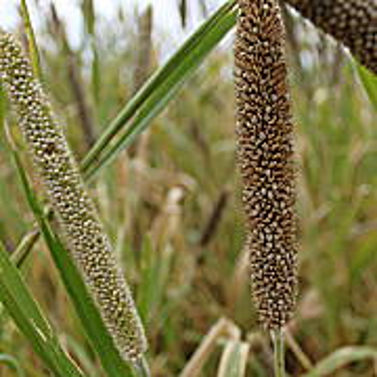
All Star BMR Pearl Millet
Pennisetum glaucum
All Star BMR Pearl Millet All Star BMR Pearl Millet is a hybrid brachytic dwarf BMR and a summer annual forage grass suited best for grazing or hay. Classified as a tall growing warm season grass, with stems that grow in thick clumps with abundant leaves 1 ½ to 2 inches wide. Product Tech Sheet Related ProductsBruiser Sorghum SudangrassBrutis Forage SorghumDrylander Sorghum SudangrassExcel II Sorghum SudangrassGreen Field Plant late May through July For best results, plant when soil temperatures reach 60 degrees Planting rates drilled: Dryland 10-20 LBS/Acre, Irrigated 20-28 LBS/Acre Planting depths of 1/2 to 1 inch deep High palatability when grazed 4-6 weeks after planting Hay at approximately three feet before seed heads develop
- Growing Region: Southeast, Midwest
- Blooms:
- Life Form: Grass
- Application Type: Agricultural Conservation, Cover Crop
- Height: 4+ ft

All Star Hybrid Pearl Millet
Pennisetum glaucum
All Star Hybrid Pearl Millet is a summer annual grass best suited for grazing or haying. This tall growing, warm season grass has stems that grow in thick clumps with abundant leaves 1 to 1 1/2 inches wide. Because it does not produce prussic acid, it is safer t0 graze than Sorghum Sudangrass, particularly horses. Product Tech Sheet Related ProductsBrutis Forage SorghumPacker Forage SorghumDrylander Sorghum SudangrassGreen Field Well suited for poor or infertile soils Performs well infertile soils, if fertilized initially High palatability due to the fine stems and leafy characteristics Hay when the plants reach at least three feet Graze as soon as 4-6 weeks after planting Planting dates from late May through July Planting rates drilled: Dryland - 10-20 LBS per Acre Drilled _ Irrigated - 20-28 LBS per Acre Drilled For best results seed when soil temperatures reach 60 degrees
- Growing Region: Southeast, Midwest
- Blooms:
- Life Form: Grass
- Application Type: Agricultural Conservation, Cover Crop
- Height: 4+ ft

Alpine timothy
Phleum alpinum
Short, Cool season, perennial native bunchgrass sometimes forming a sod. Occurs at high elevations in northern latitudes from 4,000-12,500 ft. Prefers mountain meadows, bogs and streambanks in well-drained to poorly drained soils. Provides good forage that stays green throughout the summer and late season. Used to revegetate roadsides, ski slopes and mines.
- Growing Region: Southeast, Midwest
- Blooms:
- Life Form: Grass
- Application Type: Agricultural Conservation, Erosion Control, Habitat Restoration, Land Reclamation
- Height: 1-2 ft

Alsike clover
Trifolium hybridum
Medium statured, relatively short-lived nitrogen-fixing perennial legume with pale pink to white flowers. Not a hybrid, despite its name. Adapted to a wide range of soil types, including sites too acidic for Red clover (T. pratense); more alkaline tolerant than most clovers. Prefers wet sites, tolerating waterlogged soils and up to six weeks of flooding. Winter hardy, able to survive at northern latitudes and high elevations. Use for hay, pasture and soil improvement on Cool, wet sites. Plant with Timothy (Phleum pratense) or Meadow brome (Bromopsis biebersteinii) to improve hay production and prevent lodging. Excellent nectar and pollen source for bees, especially honeybees.
- Growing Region: Midwest, Southeast
- Blooms: Spring, Summer, Fall
- Life Form: Legume
- Application Type: Agricultural Conservation, Cover Crop
- Height: 1-4 ft
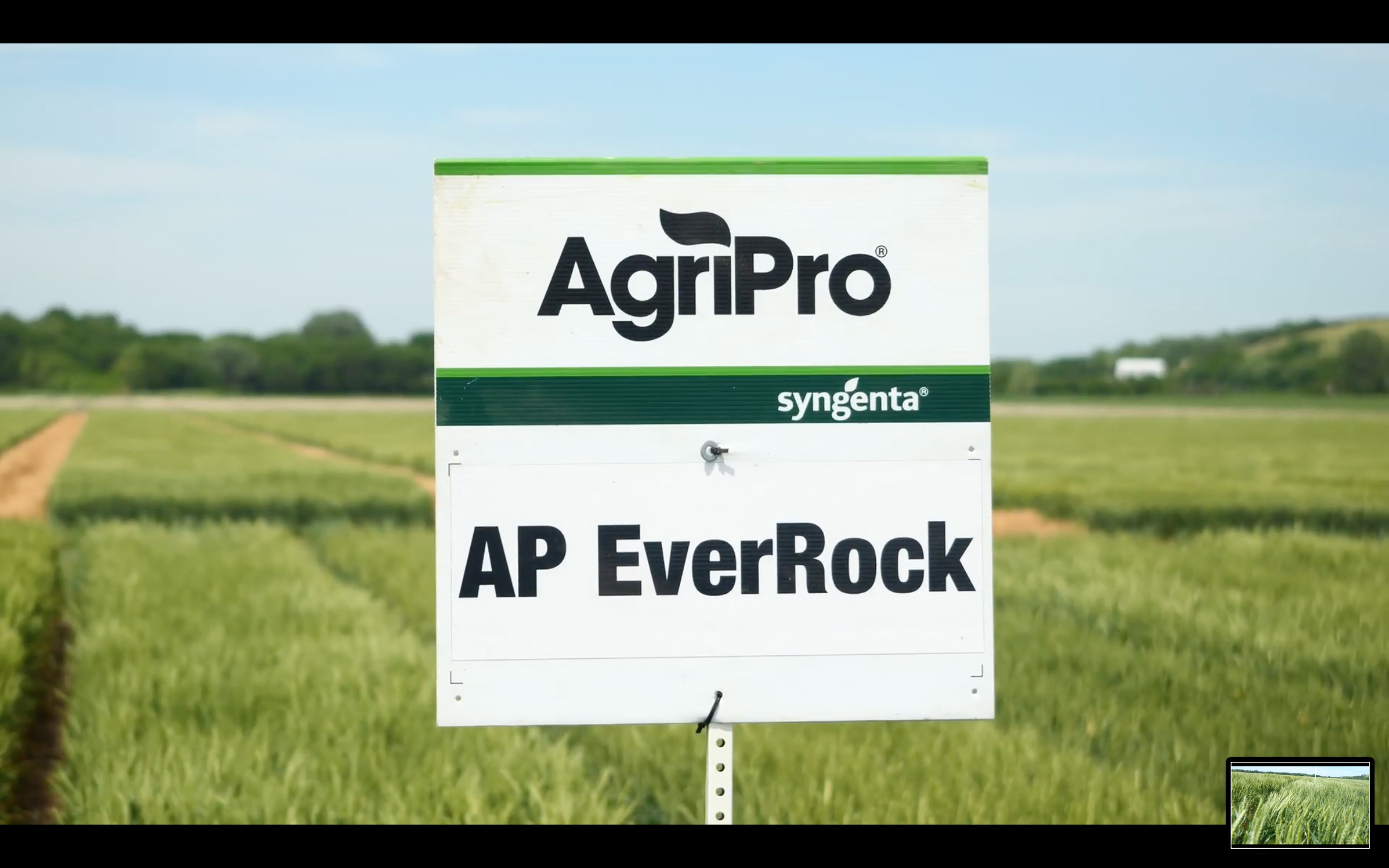
AP EverRock
Triticum aestivum
AgriPro is leading the way in the development and delivery of superior wheat seed genetics in North America. From our Junction City, Kansas, research center each year more than 2,000 new experimental lines are generated and tested across 25 research and testing sites in Kansas, Nebraska, Colorado, Wyoming and South Dakota. Only the very best of these experimental lines are advanced as potential AgriPro varieties.Star Seed is your best source of information on wheat varieties. With their years of experience and expertise in wheat, they can assist you in choosing the right wheat variety for your soil types and management practices. Star Seed is a great source for consistently high quality wheat seed produced across Kansas and Nebraska.Because they are well adapted and bred for consistent performance, AgriPro varieties offer high-yield potential, good test weights and high-quality grain. Wheat producers like the consistency that AgriPro varieties provide under a wide range of conditions.
- Growing Region: Southeast, Midwest
- Blooms:
- Life Form: Grass
- Application Type: Agricultural Conservation, Cover Crop
- Height: 1-3 ft
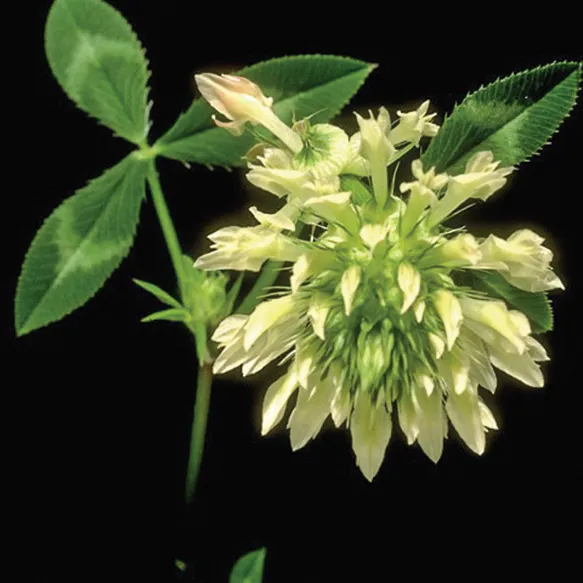
Arrowleaf Clover
Trifolium vesiculosum
Arrowleaf clover is an annual, Cool season, introduced legume commonly used in many areas of the Midwest and Southeastern parts of the United States for many applications and uses. This upright clover easily re-seeds and reaches heights of 3-4 feet. Flowers May to October with white bloom color Suitable for hay and grazing Excellent food source for deer and other wildlife Seed in the fall for following spring growth Prefers well to moderately drained soils Begin grazing at heights of 5-6 inches High nitrogen fixer Low heat and drought tolerance
- Growing Region: Southeast
- Blooms: Spring, Summer, Fall
- Life Form: Legume
- Application Type: Agricultural Conservation, Cover Crop
- Height: 1-4 ft

Awlfruit sedge
Carex stipata
Cool season, tall, native perennial grasslike. Grows in dense clumps. Widely distributed across the northern latitudes of the U.S. Adapted to seasonally flooded wetlands, marsh edges and sites with still or slow moving water, usually in full sun. Excellent seed producer; floating seeds are a visible food source for waterfowl. Useful in habitat restoration, wetland projects and detention basins.
- Growing Region: Midwest, Pacific Northwest
- Blooms:
- Life Form: Grass
- Application Type: Agricultural Conservation, Habitat Restoration
- Height: 1-3 ft
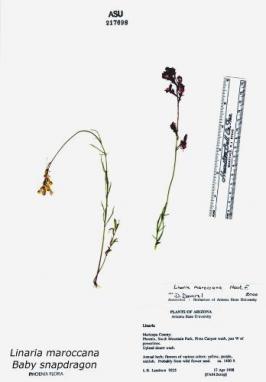
Baby snapdragon
Linaria maroccana
Drought tolerant introduced annual with mixed colors of pink, red, orange, yellow, lavender and white, blooming prolifically from early spring to summer. Widely adaptable and easy to establish. Used for full to part sun ornamental borders and garden mixtures.
- Growing Region: California, Southeast, Midwest
- Blooms: Spring, Summer
- Life Form: Forb
- Application Type: Agricultural Conservation, Cover Crop, Commercial Beautification
- Height: 1-2 ft
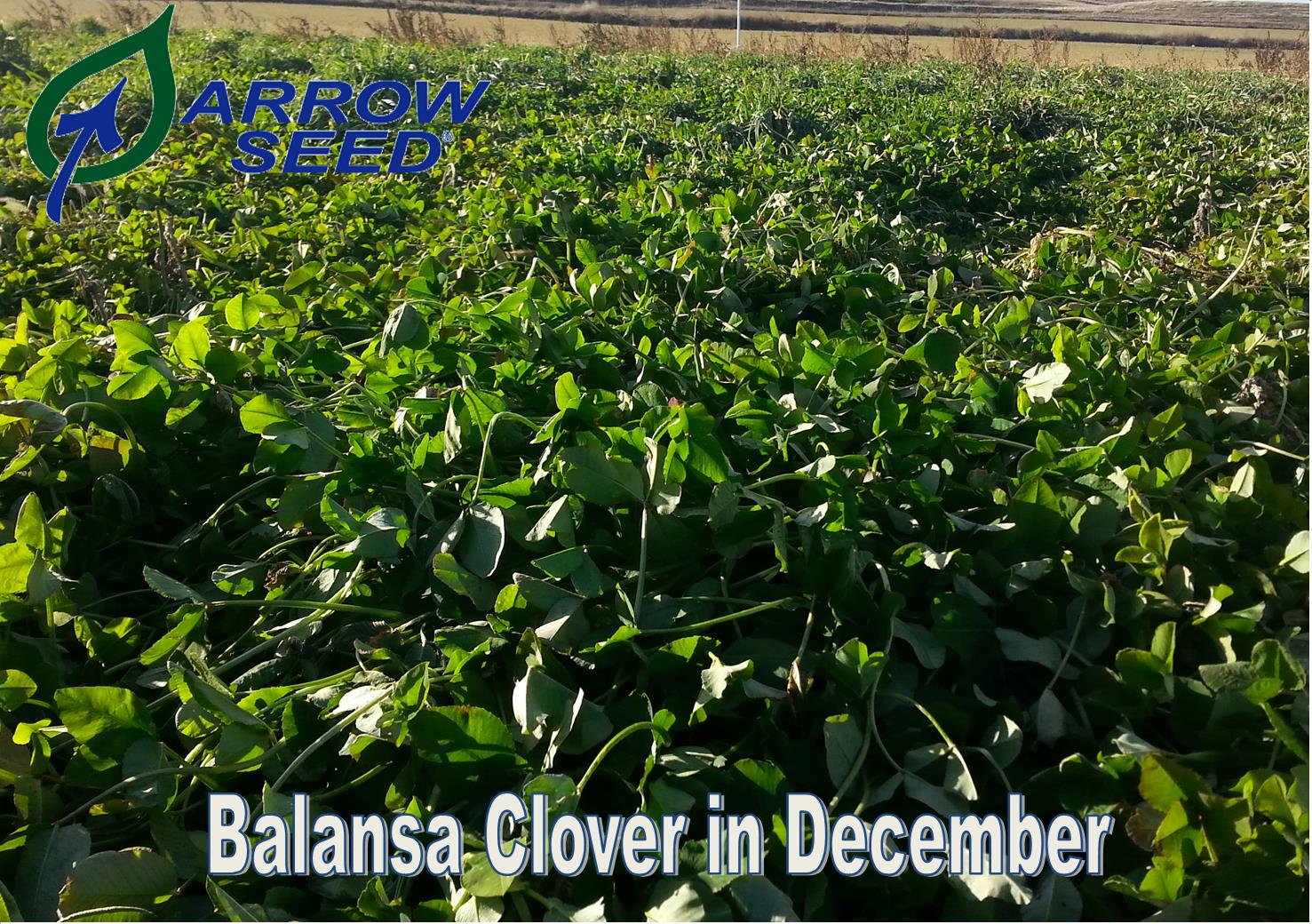
Balansa clover
Trifolium michelianum
Extremely productive, nitrogen-fixing winter annual legume with small white-pink flowers. Grows on heavy clays to moderately sandy soils. Tolerant of acidity; mildly tolerant of salinity. Mature plants are tolerant of waterlogged soils and short periods of flooding. Prostrate, hollow stemmed plants form a dense, highly productive mat of extremely palatable forage. Use as cover crop, pasture, wildlife food plots, hay or silage, either in a monoculture or mixed with other species. Germinates quickly. Persists even under continuous, intensive grazing. Readily reseeds itself when allowed to set seed. Attractive pollinator and honeybee plant.
- Growing Region: Southeast, Midwest
- Blooms: Spring
- Life Form: Forb
- Application Type: Agricultural Conservation, Cover Crop
- Height: 4+ ft
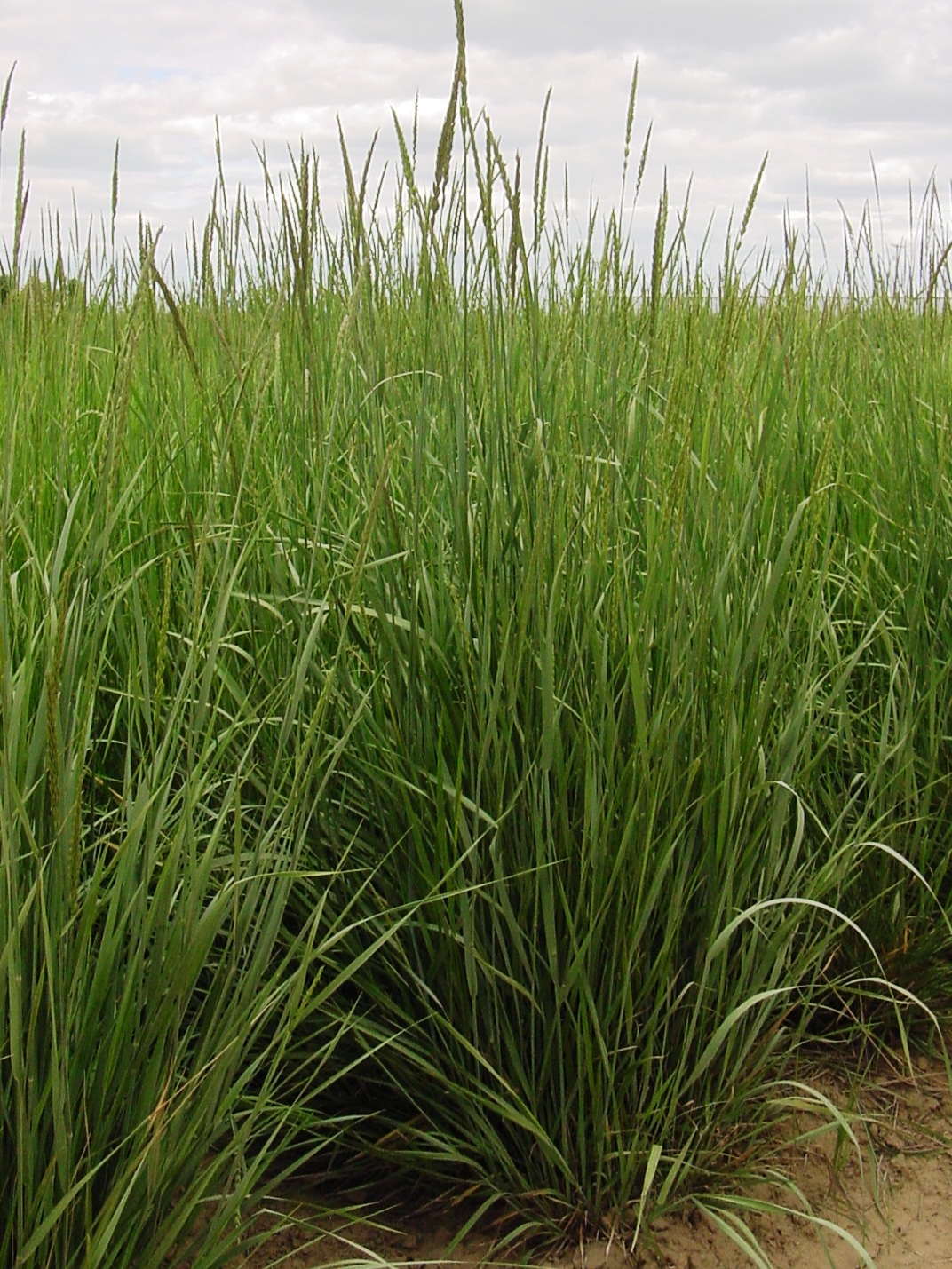
Basin wildrye
Leymus cinereus
Basin wildrye is a large, coarse, robust, perennial bunchgrass. Basin wildrye clumps may reach 3 feet in diameter and 3 to 6 feet tall (10 feet under excellent soil and climate conditions). The growing points are 10 to 12 inches above the crown. It is a long-lived Cool season native with an extensive deep coarse fibrous root system.Native to the Great Plains and Intermountain regions of the western United States, Basin wildrye occurs in moist to dry sites including wet meadows, valley bottoms, flood plains and hillsides. It is very winter hardy and has a rather broad climatic adaptation. It grows best in areas with average annual precipitation of 8 inches to above 20 inches.
- Growing Region: Southeast, Midwest
- Blooms:
- Life Form: Grass
- Application Type: Agricultural Conservation, Cover Crop
- Height: 1-3 ft
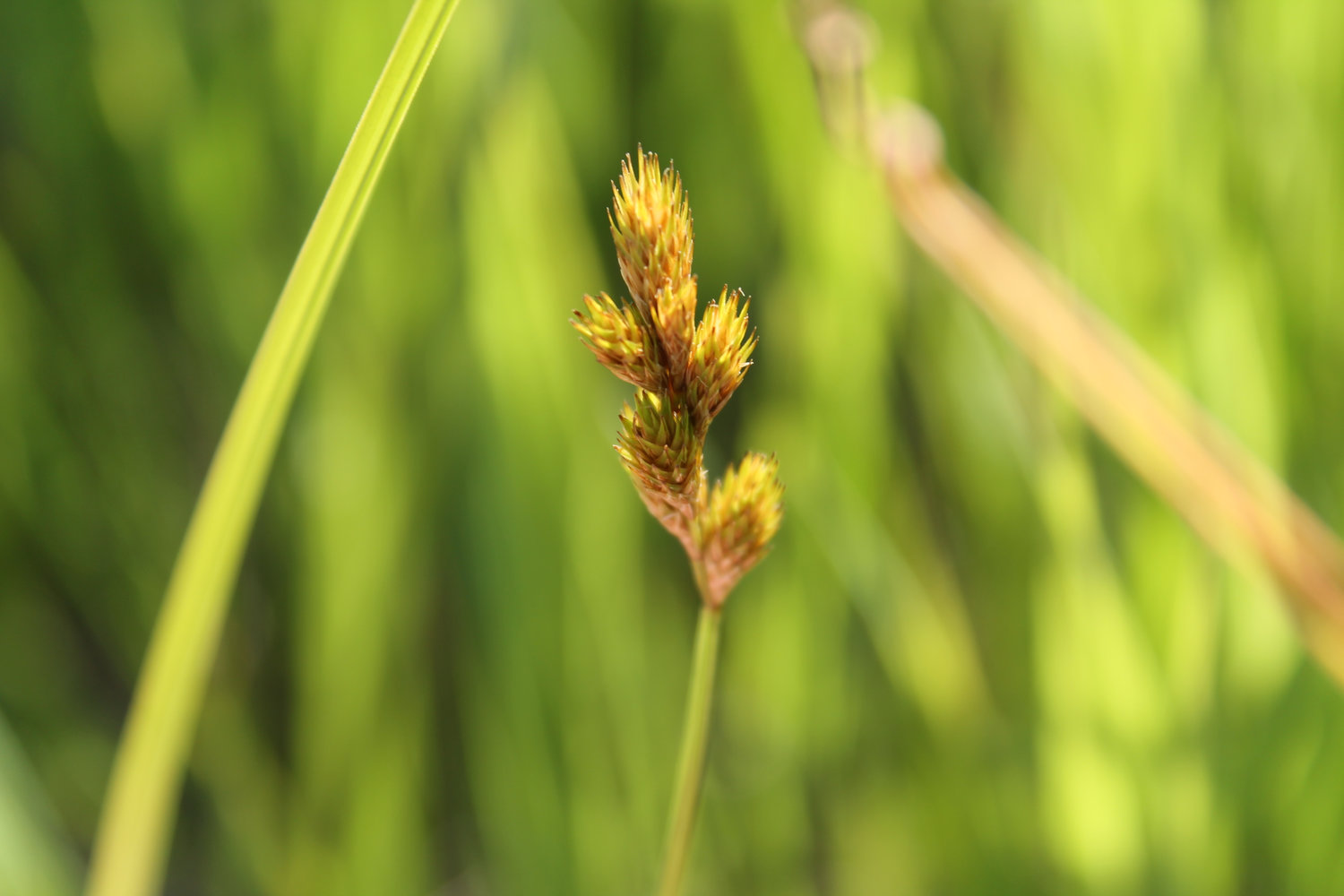
Bebb's sedge
Carex bebbii
Cool season, tufted, native perennial grasslike. Occurs in wet meadows, streambanks, ditchways and saturated soils from low to mid elevations. May mimic an annual by maturing and flowering in its first growing season. Increases with disturbance. Good palatability to livestock and wildlife. Useful for wetland and riparian restoration.
- Growing Region: Midwest, Southeast, Pacific Northwest
- Blooms:
- Life Form: Grass
- Application Type: Agricultural Conservation, Erosion Control, Habitat Restoration, Land Reclamation
- Height: 1-2 ft

Bermudagrass
Cynodon dactylon
Warm season, long-lived, perennial that spreads from rhizomes and stolons forming dense patches. Adapted to a wide variety of sites, including saline soils. Widely used for erosion control and as highly palatable forage for livestock, but may be an aggressive invader. Listed as noxious in some states. Used also as a turfgrass in the south.
- Growing Region: Southeast, Midwest, Southwest
- Blooms:
- Life Form: Grass
- Application Type: Agricultural Conservation, Commercial Beautification, Erosion Control, Land Reclamation, Turf
- Height: 1-2 ft